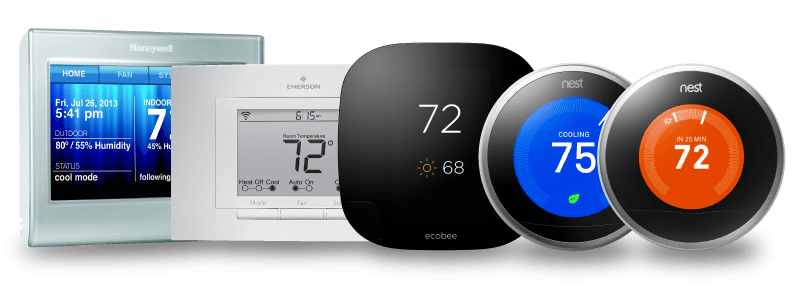What is large-scale energy storage?
Large-scale energy storage (sometimes referred to as grid energy storage) refers to any method used to retain significant amounts of energy within an electrical power grid for future use.
Methods of storing large amounts of electrical energy are many and varied. They include compressing air, compressing hydrogen, pumping water, and storing electricity as kinetic energy in flywheels. (For a really detailed run-down of all the methods, this Wikipedia article is great!)
But perhaps the most obvious solution is to use batteries. Certainly, modern lithium ion batteries tick the box for efficiency, typically giving back about 80% – 90% of the energy used to charge them.
An example of this technology, on a small scale, is the Tesla Powerwall, which is currently available for home use in Australia. (We were so impressed with this, we blogged about it when it hit our shores, last year.) On a large scale though – such as is required for an entire power grid – battery technology has been prohibitively expensive.
The good news is: That’s starting to change.
In the past, it has been cheaper for power stations to simply create energy and supply it to the grid when required. And any excess energy generated was simply wasted.
While one key benefit of large-scale energy storage is efficiency (that is, less wasted power), it has an additional upside in that it makes renewal energy more viable.
Large-scale energy storage makes solar and wind power viable
Solar and wind power offer an attractive energy cost, and a low carbon footprint.
However, their output depends on resources that can’t be controlled. For example, the availability of sunlight can be unexpectedly diminished by prolonged cloud cover. Wind speeds constantly vary. This variability places a limit on how much a power grid can rely on these sources.
Ultimately, a power grid could not use wind and solar power exclusively, since there would be no guarantee that generation capacity would always be available.
Industrial energy storage can help solve this problem by “smoothing out” the variability of solar and wind power. When electricity generation peaks, the excess load can be saved, and then put it back into the grid when it’s needed (such as during peak consumption, or when generation drops unexpectedly).
The more total storage capacity in a given grid, the more wind and solar power systems can be connected.
Small-scale implementation of this concept is now possible at home. The combination of a solar array and battery means energy can be generated whenever the sun is shining, stored, and then used when electricity prices peak.
Storing extra kilowatt-hours of energy that you generate and then using them yourself can be far more cost-effective than selling your excess energy back to your power company… and then buying it back off them again at peak rates!
It’s even possible to take this concept a step further: If you have a large battery and can’t fill it from your solar array, you can top it up from the grid during off-peak times, when electricity prices are at their lowest, then switch to using battery power during peak times. This concept is called demand side management and we love it.
Power grid decarbonisation is only possible with energy storage
There are only two ways to supply energy to the power grid when there are peaks in consumption:
- Production on demand from power plants. Predominately, this means gas turbines, which unfortunately rely on fossil fuel. (Hydroelectricity is also viable, but limited to specific sites.)
- Storing energy in advance and supplying it as needed. This can be accomplished with large-scale energy storage, most commonly achieved with the use of batteries. Capacity can be concentrated at bulk storage facilities, or distributed across homes and businesses.
So unless there are favourable sites for hydroelectric power within a reasonable distance, gas-fired power plants and energy storage are the only two realistic options to cover peaks in energy consumption.
Gas-fired power plants produce carbon, while energy storage does not.
Therefore, energy storage is essential to achieve grid decarbonisation, while still supplying energy during peak times. This makes it the way forward.
Locally, the Australian Energy Storage Council has the goal of driving forth the adoption of large-scale energy storage in Australia, while contributing to the creation of industry standards and promoting best practices.
(And by the way, technically, hydroelectric power plants count as “energy storage”, because the water that drives their turbines is accumulated in a reservoir!)
The added value of energy storage
Energy storage provides additional benefits for consumers and utility companies, other than reducing energy costs.
Home and business owners who deploy storage also gain a form of backup power during electric service interruptions.
Power grids can become more reliable, because their transmission and distribution networks are supported during high-consumption hours, so they’re not working quite so hard relative to their maximum output.








